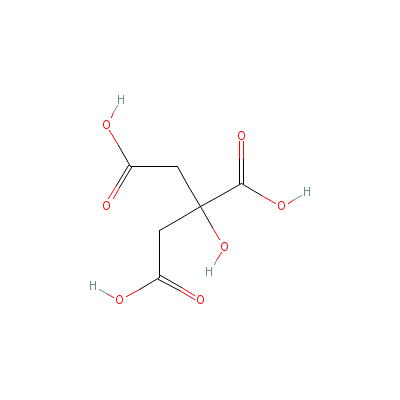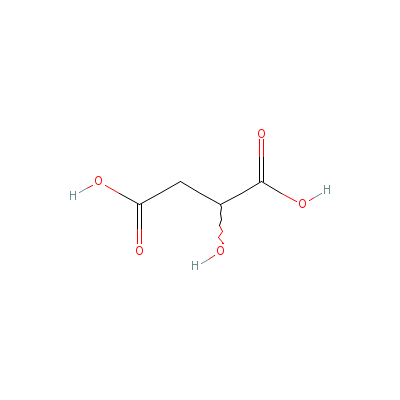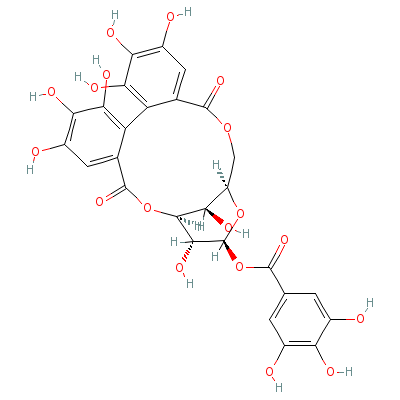| |
|
|
Botanical Name |
: |
Rosa laevigata Michx. |
English
Name |
: |
Cherokee rose |
Synonym(s) |
: |
Rosa cherokeensis Donn ex Small |
Family |
: |
Rosaceae |
| |
General Info
| Description |
 |
|
Evergreen scandent shrub. Stems glabrous, scattered with sparse prickles; branchlets sometimes with thinly glandular hairs. Leaves mostly 3-foliolate, rarely 5; leaflets elliptic or ovate, the terminal one 5-7 cm long, 2.5-3 cm wide, the lateral ones smaller, acute or obtuse at apex, acute at base, glabrous on both surfaces, serrate; rachis glabrous and sparsely prickled; stipules adnate to the base of rachis, linear, up to 1.2 cm long, glandular-hairy and serrate along the margin. Flowers solitary, 5-7 cm long; hypanthium and pedicels densely prickled; sepals persistent, prickled outside; petals white, emarginate. Fruit pyriform, up to 3.5 cm long, 1-1.5 cm wide, densely prickled. |
| Herb Effects |
 |
|
Emmenagogue and depurative (fruits, root and leaves); astringent (root bark); antibacterial, anticholesterolemic, astringent, carminative, diuretic and stomachic (dried fruit); vulnerary (leaves). |
Chemistry
| Active Ingredients |
 |
|
Citric acid, malic acid, tannin (fruit) |
| Chemistry
of Active Ingredients |
 |
|
|
 |
Name |
CAS# |
IUPAC Name |
Formula |
Structure |
 |
|
| Citric acid |
Not Available |
2-hydroxypropane-1,2
,3-tricarboxylic
acid |
C6H8O7 |

|
| Malic acid |
Not Available |
2-hydroxybutanedioic
acid |
C4H6O5 |

|
| Tannin |
1401-55-4 |
Not Available |
C27H22O18 |

|
|
Pharmacology
| Medicinal Use |
 |
|
A decoction of fruits is used in the treatment of chronic diarrhea and chronic dysentery, seminal emission, spontaneous emission, frequent urination, profuse leukorrhea, prolapse of rectum, prolapse of uterus, metrorrhagia, and traumatic injuries. The root bark is used in the treatment of diarrhoea and menorrhagia. The flowers are used in the treatment of dysentery and to restore hair cover. |
| Reference |
 |
|
 Jing-Nuan Wu. An Illustrated Chinese Materia Medica. P: 556, Oxford University Press, Inc.2005. Jing-Nuan Wu. An Illustrated Chinese Materia Medica. P: 556, Oxford University Press, Inc.2005.
|
Dealers
Products
|
|